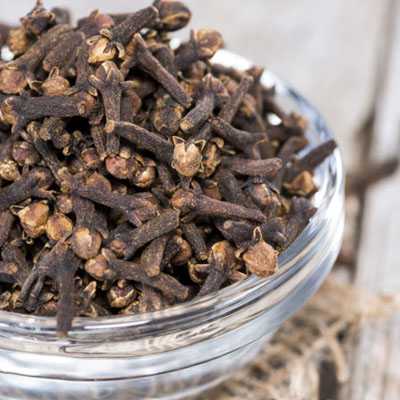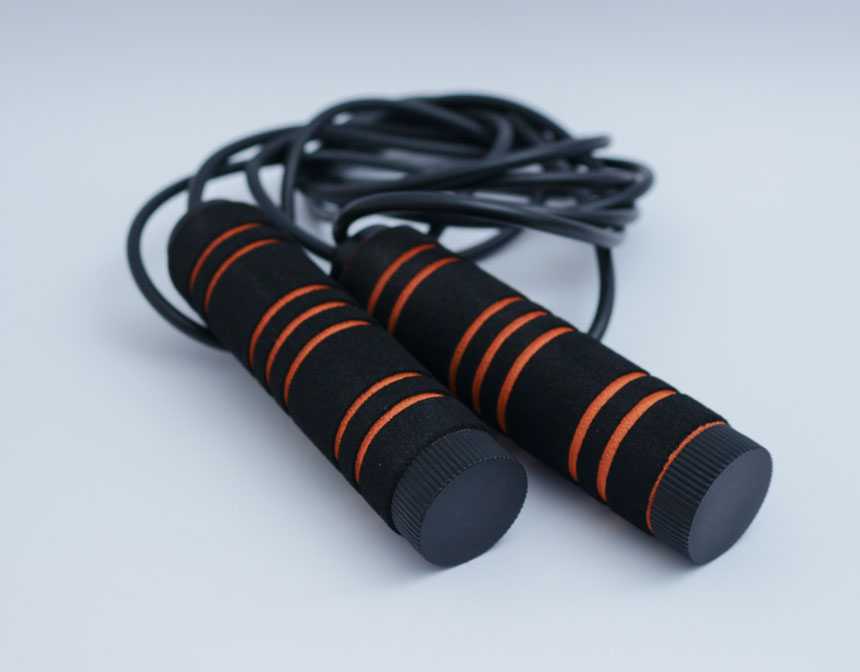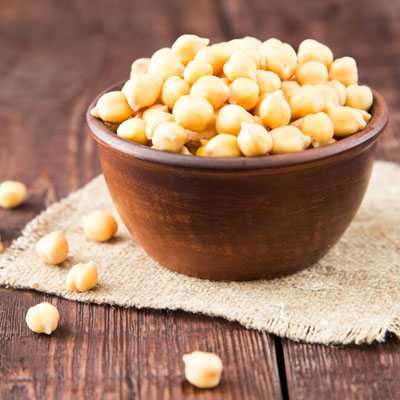History of Honey Glazed Ham
The tradition of glazing ham with sweet concoctions dates back several centuries. As hams were traditionally preserved through salting or smoking, a glaze for ham was often used to counterbalance the strong salty taste. One of the earliest glazes was the simple brown sugar glaze for ham. Over time, as culinary techniques evolved and trade routes expanded, other ingredients like honey, molasses, and fruit preserves were introduced to ham glazes.
A World of Flavors
Today, the honey glazed ham recipe is just one of the many variations loved by chefs and families worldwide. The pineapple glaze for ham, for instance, is a tropical treat that adds a tangy and sweet contrast to the rich meat. This pineapple ham glaze often includes maraschino cherries, making it not just delicious but also visually appealing. For those who prefer a simpler touch, the 3-ingredient ham glaze, typically combining sugar, mustard, and a liquid ingredient like juice or soda, has also been a favorite for many due to its simplicity and robust flavor.
Crafting the Perfect Glaze
While our homemade ham glaze emphasizes honey's natural sweetness, there's always room for personalization. From spicy additions like chili flakes to the incorporation of woody herbs such as rosemary, the glazing possibilities are endless. With every iteration, whether it's the fusion of honey and pineapple or a kick of bourbon, the essence remains the same: to elevate the humble ham to a gourmet delight with a layer of caramelized perfection.
When Should You Glaze A Ham?
When preparing a ham, the timing of glazing is crucial for achieving that perfect caramelized, flavorful exterior. Typically, you should glaze a ham towards the end of its cooking time to prevent the sugars in the glaze from burning and becoming bitter.
Here's a general guideline for glazing a ham:
- Pre-cooking Phase: Before placing the ham in the oven, you might lightly score the surface of the ham in a diamond pattern, which can help the glaze penetrate deeper and enhance its overall flavor. Some choose to apply a light first layer of glaze at this point, but it's optional.
- Mid-cooking Phase: About 30 minutes to 1 hour before the end of the baking time, remove the ham from the oven. If there's any accumulated liquid or fat in the pan, you can drain it. This is when you'd typically brush or spoon on the glaze. For an even, thick coating, you can apply multiple layers. To do this, return the ham to the oven for about 10-15 minutes after each glazing, allowing it to caramelize between applications.
- End of Cooking: Once fully glazed and caramelized to your liking, remove the ham from the oven and let it rest for a few minutes before carving. This resting period allows the juices to redistribute, ensuring a moist and flavorful ham.
Remember that the sugars in the glaze can burn easily, so keep a close eye on the ham during the final stages of cooking. If the ham starts browning too quickly, you can tent it with aluminum foil.
Should I Glaze A Precooked Ham?
Yes, glazing a precooked ham can enhance its flavor and appearance, giving it a shiny, caramelized, and appetizing finish. Precooked hams are already safe to eat, but most people prefer to heat them for improved texture and flavor. Adding a glaze during this warming process can make the ham taste even better. Here's how you can do it:
Choose Your Glaze: There are many glaze options, such as honey, brown sugar, maple syrup, fruit jams, or a combination of these with spices and other flavorings.
Preheat Your Oven: Generally, an oven temperature of 325 °F (165 °C) is recommended for heating precooked hams.
Prepare the Ham: Remove the ham from its packaging and place it on a roasting rack in a roasting pan. This allows even heat circulation. If the ham has a rind, you can score it in a diamond pattern, which can help the glaze adhere and penetrate better.
Heating the Ham: Precooked hams can be reheated to an internal temperature of 140 °F (60 °C). The general guideline is to heat for about 15 minutes per pound.
Applying the Glaze: About 20-30 minutes before the ham is finished heating, brush or spoon your chosen glaze over the ham. The sugars in the glaze will caramelize and create a beautiful and tasty exterior. If you want a thicker glaze, you can apply it in layers, returning the ham to the oven for a few minutes between applications.
Rest and Serve: Once glazed and heated through, remove the ham from the oven and let it rest for 10-15 minutes. This allows the juices to redistribute throughout the ham, ensuring it remains moist when carved.
Remember, since the ham is already precooked, you're essentially just warming it up and adding flavor with the glaze. Always use a meat thermometer to ensure you've reached the desired internal temperature.
What Is Ham Glaze Made Of?
Ham glaze is made of a combination of sweet and sometimes tangy ingredients that caramelize on the surface of the ham during baking, adding flavor and a glossy finish. The specific ingredients can vary based on recipes and regional preferences, but here are some common components of ham glaze:
Sugars: These caramelize to give the ham a glossy finish and sweet flavor.
- Brown Sugar: Often the primary sugar used because of its rich, molasses flavor.
- Honey: Adds a natural sweetness and sticky texture.
- Maple Syrup: Gives a distinct, aromatic sweetness.
- Granulated Sugar or Confectioners' Sugar: Sometimes used, though less common than brown sugar.
Fruits and Fruit Juices: These can add a tangy contrast to the sweetness.
- Pineapple Juice: Commonly used, especially with brown sugar.
- Orange Juice or Zest: Offers a citrusy brightness.
- Apple Juice or Apple Jelly: Provides a mild, sweet-tart flavor.
- Apricot or Peach Preserves: Can be used for a fruitier glaze.
Mustard: Adds a tangy depth of flavor.
- Dijon or Whole Grain Mustard: Popular choices for ham glazes.
Spices: Enhance the flavor profile of the glaze.
- Cloves: Often studded into the ham itself or ground into the glaze.
- Cinnamon, Nutmeg, or Allspice: Warm spices that complement the sweetness.
- Black Pepper or Cayenne Pepper: For those who like a touch of heat.
Vinegar or Soda: Used in some recipes to balance sweetness with acidity.
- Apple Cider Vinegar: Adds tang without overwhelming the glaze.
- Balsamic Vinegar: Introduces a rich, complex flavor.
- Cola or Ginger Ale: These sodas can be reduced with sugars to form a syrupy glaze.
Alcohol (optional): Can be used to infuse the ham with additional flavors.
- Bourbon, Whiskey, or Rum: These can be reduced with the sugars for a deeper flavor profile.
- Beer or Cider: Provide a malted or fruity undertone.
While these are common ingredients, ham glazes can be as simple or complex as desired. Some people opt for a basic mixture of brown sugar and mustard, while others might incorporate multiple ingredients for a layered and nuanced flavor. Regardless of the specific recipe, the primary goal of a ham glaze is to enhance the ham's natural flavors and provide a beautiful, appetizing finish.
Should A Glazed Ham Be Covered When Baking?
When baking a glazed ham, whether or not to cover it depends on your desired outcome and the stage of cooking.
Initial Cooking (if not pre-cooked): If you're starting with an uncooked ham, it's a good idea to cover the ham for the initial portion of the baking process. This helps to keep the ham moist and prevents the exterior from drying out. Use aluminum foil or a roasting lid to cover the ham.
Glazing: Once the ham has mostly cooked through, you'll want to apply the glaze. After applying the glaze, you can continue cooking the ham uncovered to allow the glaze to caramelize and become glossy. The high sugar content in most glazes can cause it to burn if left covered, as the covered environment is more moist and can cause the glaze to become too wet and not caramelize properly.
Pre-cooked Hams: Many hams sold in stores are already pre-cooked. For these, the primary goal is to heat the ham through and caramelize the glaze. In this case, you might only cover the ham for the first half of the warming process to ensure it doesn’t dry out. Once you're ready to glaze, do so and return the ham to the oven uncovered to finish.
In conclusion, while it's beneficial to cover a ham for part of the cooking process to retain moisture, it's essential to uncover it during glazing to achieve that beautiful caramelized finish.
What To Serve with Honey Glazed Ham?
Honey glazed ham is a delicious and versatile dish that pairs well with a variety of sides, complementing its sweet and savory flavors. Here are some fantastic options to serve with honey glazed ham:
Mashed Potatoes: Creamy mashed potatoes provide a comforting and hearty contrast to the sweet and savory ham.
Green Beans Almondine: Sautéed green beans with toasted almonds add a nice crunch and freshness to the meal.
Sweet Potato Casserole: The natural sweetness of sweet potato casserole complements the honey glaze beautifully.
Cornbread: Moist and slightly sweet cornbread is a classic Southern side that works well with the flavors of honey glazed ham.
Macaroni and Cheese: Indulge in the comfort of creamy macaroni and cheese, which balances the ham's sweetness.
Cranberry Sauce: Tangy and slightly sweet cranberry sauce adds a burst of flavor and color to the plate.
Dinner Rolls: Soft and buttery dinner rolls are perfect for soaking up the delicious honey glaze.
Quinoa Salad: A light and protein-rich quinoa salad with vegetables and herbs adds a healthy touch to the meal.
Grilled Pineapple: Grilled pineapple slices bring a tropical flair and a hint of sweetness to the ham.
Roasted Asparagus: Roasted asparagus spears provide a simple and elegant accompaniment to the ham.









































